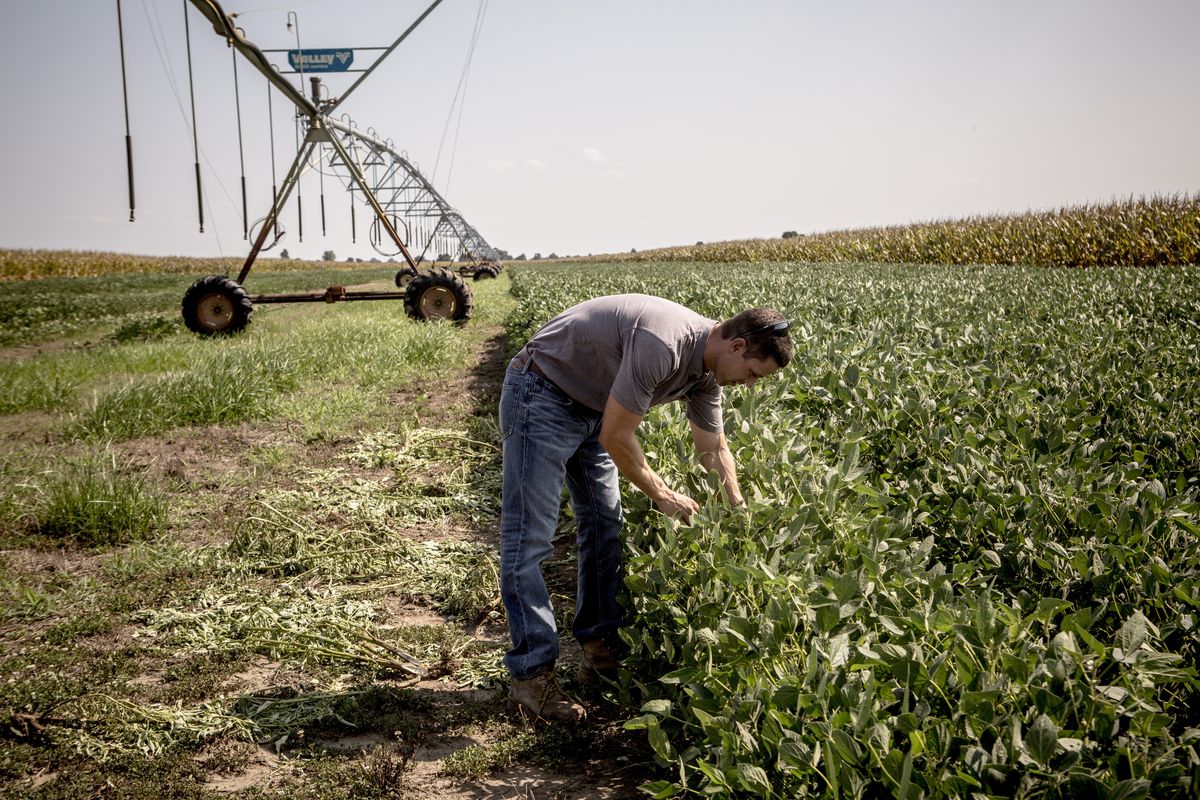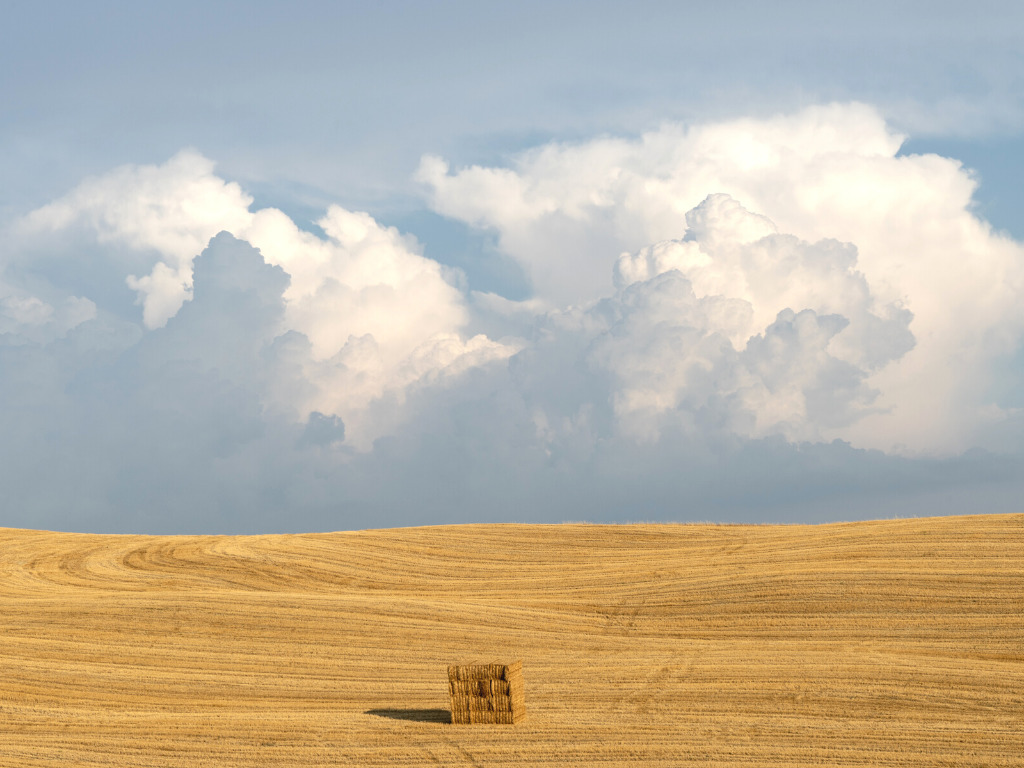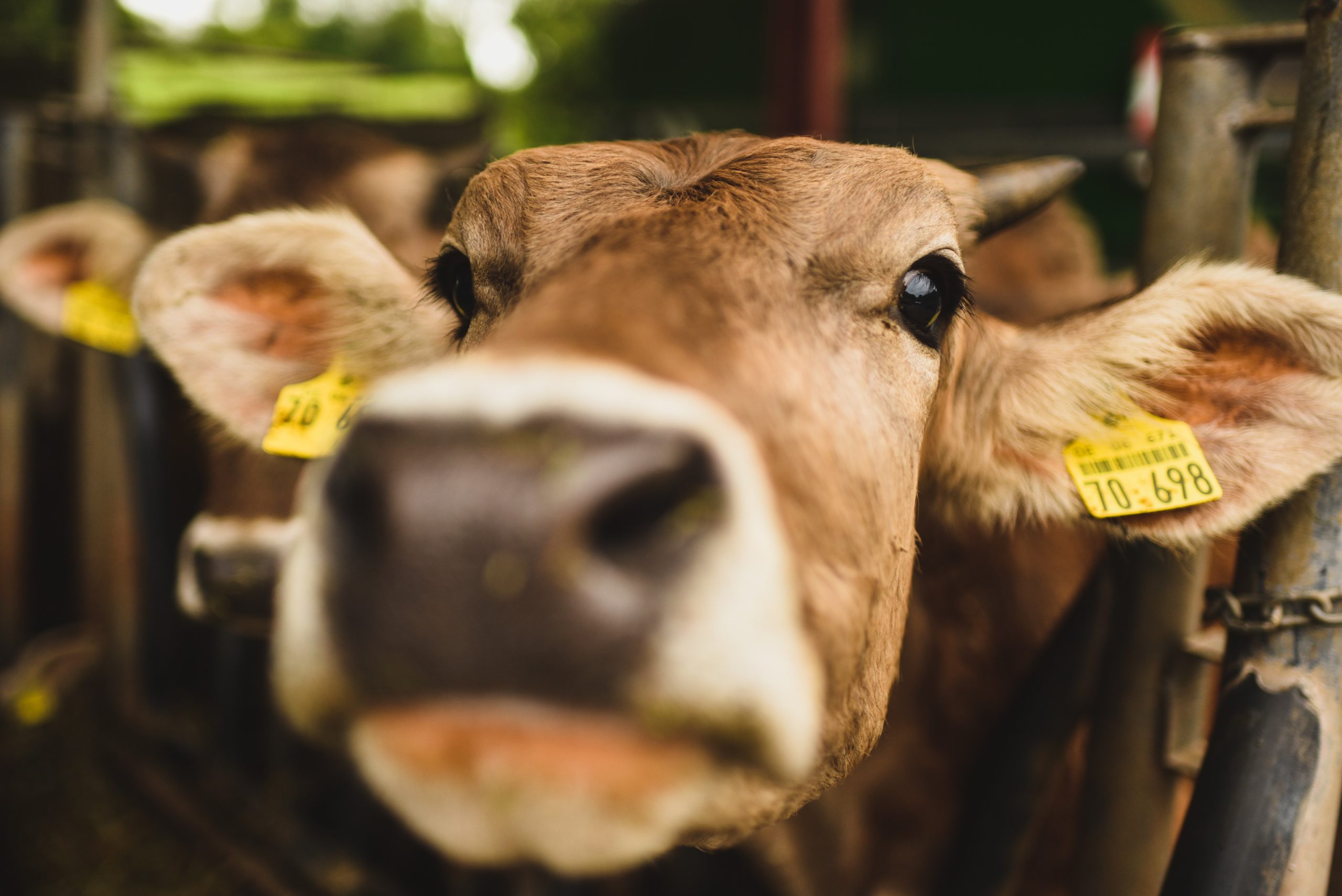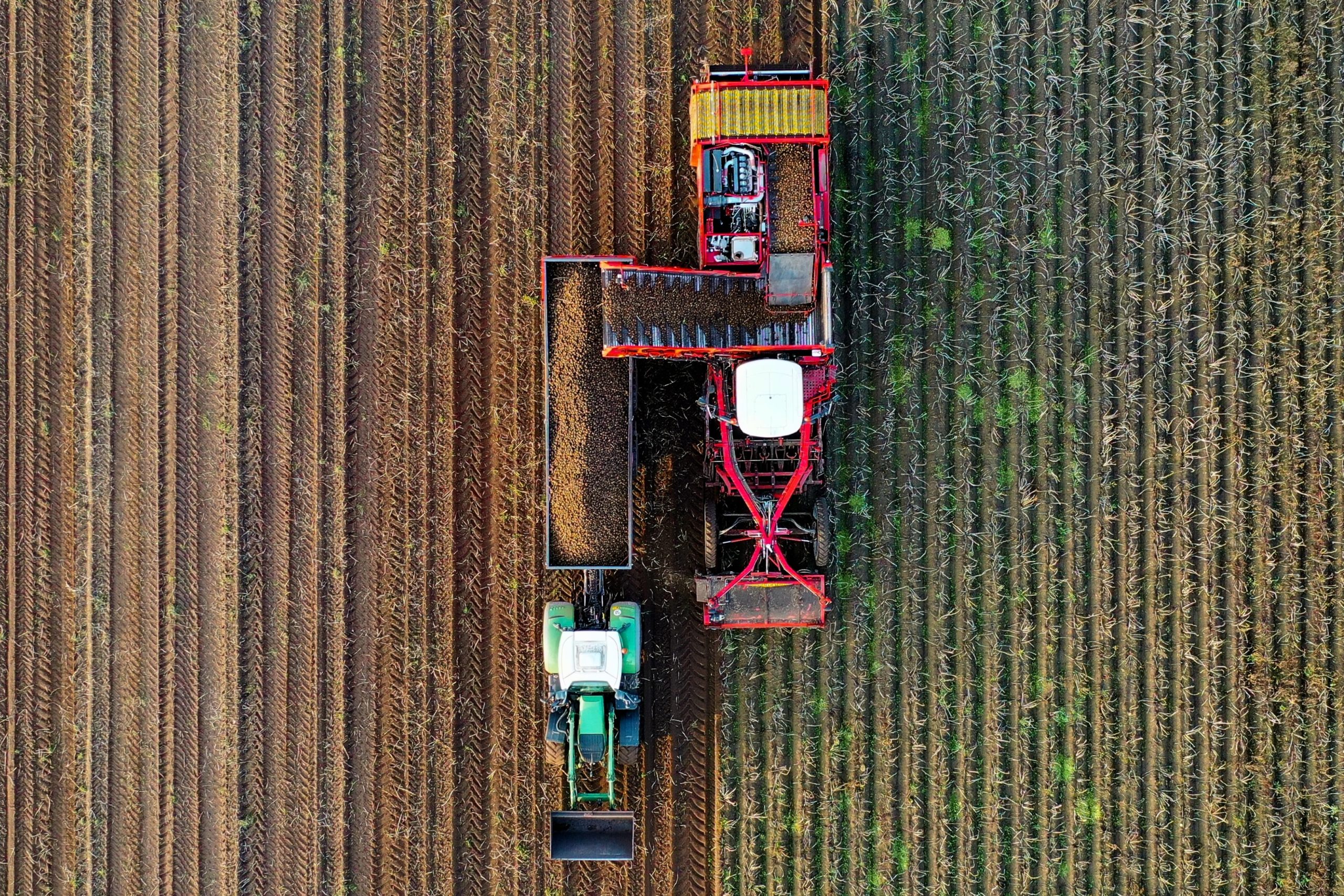The Conservative government has quietly added numerous extensions to existing badger cull areas since 2017. These extensions have snowballed since 2021, the year that the government announced that it was ‘phasing out’ the killing of badgers.
Freedom of Information (FOI) requests shared with the Canary have spotlighted the existence and scale of the extensions. In total, they cover hundreds of kilometres of land. So in other words, the badger killing fields are expanding in certain respects, not winding down, despite the government’s ‘phase-out’.
The badger cull ‘phase out’
Amid enduring public opposition to the badger cull – ongoing since 2013 – the government announced in 2021 that it would only continue the killing for the next five years. But the FOI revelations suggest that as the government entered this ‘phase-out’ period of the cull, it started to ramp up a phase-in of extension areas.
The badger cull policy has been two-pronged in terms of lethal measures. Each year, Natural England licenses new intensive cull areas which run for four years. Additionally, it adds supplementary cull areas. These are areas that have already had four-year-long culls. Supplementary cull licenses essentially permit these areas to keep killing for years more.
Typically, the government permits the killing to roll out to 10 or 11 new intensive areas each year. Its ‘phase-out’ plan set 2022 as the last year for the licensing of new intensive areas.
The information contained within the FOIs, however, spotlights a third prong to the cull. Namely, Natural England has approved extensions to existing cull areas since 2017. In other words, it’s been revising the size of some already approved cull areas upwards since then.
Extension approvals snowball
The FOIs show that Natural England approved 10 extensions in 2022. This amounted to badger killing on an additional 327km2 of land. In 2021, it greenlit eight extension areas totalling 342km2 in all. The number of extensions in both these years is a significant increase compared to earlier ones. Between 2017 and 2020, Natural England approved only 10 extensions overall. In one of the areas, it then subsequently reduced the size to lower than its original scale.
Typically, although not exclusively, the body approved extensions for areas in their second year of culling. The frequency of approvals in the latest years mean that all but three areas that started culling in 2020 were extended in 2021/22. Meanwhile, all but one area that started culling in 2021 subsequently added an extension in 2022.
Natural England has also approved more than one extension in some areas, meaning that they extended in 2021, and then further in 2022.
New badger cull zones
Although the vast majority of the extensions are small, some are clearly large enough to qualify as cull zones in their own right. For instance, a cull zone in Avon added a 136km2 extension in 2021. The following year, another zone in Shropshire added a massive 173km2.
Moreover, Natural England said of the larger extensions in one FOI response:
Larger extension areas are monitored separately to the rest to the area to ensure an effective cull is achieved in a reduced number of years. This includes requiring an increase in cage trapping and controlled shooting similar to that required in year 1 of a licensed area.
This indicates that larger extension areas are operating in some respects as if they are separate badger culls. This includes apparently aiming to kill badgers more intensely than the cull areas they are attached to, due to the reduced number of years of operation.
Meanwhile, Natural England confirmed in the FOIs that these extensions are not subject to public consultation, unlike the original badger cull areas. However, the body said that responses to consultations on the original areas “may be taken into account”.
Natural England also said that it takes “relevant TB information” into account in its decision-making on extensions. However, one FOI showed low levels of suspected or confirmed bTB in some cow herds in areas where extensions were granted. This does not suggest that they were a significant part of the rationale for extending badger killing to most of the areas.
Taking out the survivors
Natural England further said its rationale for permitting badger cull boundary extension increases is:
where it would likely lead to better disease control benefits.
It also provided a breakdown of the criteria that it judges applications for extensions against. In addition to judging applications on their ability to “potentially [be] monitored separately”, the criteria are as follows:
- If the area has “already been affected by the first year of culling in the existing licensed area”.
- If badgers from the area could repopulate the existing licensed area.
- If the area is unable to form part of a newly licensed cull area.
The body also confirmed that the “intention” in these extended areas is the same as in existing areas. That is, namely to “reduce the badger population by at least 70%”.
Natural England provided examples to illustrate what these criteria look like in practice:
For example, had the additional area already been affected by badger control (due to natural badger movement) and could any remaining badgers repopulate the existing licensed area if not removed.
This suggests that the aim of some extensions is to exterminate more badgers from existing areas, such as individuals who fled from them due to being under fire.
More extensions on the way
In a further example, Natural England explained that if badgers from the additional area had strayed into an existing area and already been “dispatched”, this too might qualify the area they came from for culling. It’s unclear why Natural England would consider this situation as meriting an extension. Perhaps it anticipates that badgers from elsewhere could repopulate the additional area after its original occupants are ‘dispatched’. Badgers – along with other wild species – tend to explore empty habitats. In other words, this rationale appears to favour extensions on the basis of how wild species naturally behave, i.e., their instinctive natures. In essence, it’s a very low bar to meet.
Natural England’s criteria regarding areas not being able to form part of a newly-licensed badger cull is problematic too. With the ‘phase out’ setting 2022 as the last year for the licensing of new intensive areas, all applications for an extension could feasibly meet this criteria from this year onwards.
In other words, the criteria overall appear to risk an abundance of further extensions in the coming years – just as the killing is meant to wind down.
Natural England did not clarify what extensions to the badger cull it will permit in 2023. But it did effectively confirm that extensions are under consideration by indicating that these are “in course of completion”.
The Canary contacted the Department for Environment, Food and Rural Affairs (DEFRA) for comment. It did not respond by the time of publication.
‘Unwarranted levels of secrecy’
Responding to the findings, and how they came to light, conservation ecologist Tom Langton told the Canary:
One of the hallmarks of Natural England’s work on badger culling has been unwarranted levels of secrecy, including where the cull area boundaries are positioned. Such secrecy has hampered just about every aspect of public scrutiny of efficacy and negative impacts of the cull policy and hidden operational deficiencies of many kinds.
We learn from the FoIs that NE has been tacking on cull areas ‘here and there’ behind closed doors on a significant scale and in a manner that has effectively created a private rule book shared between NE and cull companies. This includes culling land not included in cull areas ‘in case badgers recolonise from such areas’ in unexplained procedures. There does not appear to be any written formula or rationale on how NE operate, and this now needs to be explained as more and more mostly completely healthy badgers are culled in this ad-hoc manner.
Langton’s comments on secrecy point to the fact that, while some of the information on these extensions is publicly available, most of it is not. This secrecy was also apparent in 2022. DEFRA delayed releasing details about the intensive badger cull licenses it had approved. This was a break from its standard practice.
Langton concluded that, until relevant bodies like Natural England explain fully their rationale on this third prong of the cull, the claim that they are:
killing badgers by stealth and in an unscientific and unaccountable way holds veracity and the government claim to be phasing out culling looks hollow.
Badger cull: dismantling the past, risking the future
Charities fear that when the government releases its cull figures for 2022, they will show that it has licensed the killing of over 200,000 badgers in England to date. They have warned that the badger cull has so far likely eradicated around half of Britain’s entire badger population.
DEFRA insists the killing is necessary to tackle bTB in cows. However, Langton and others published an in-depth peer-reviewed study of the cull in 2022. It found that killing badgers hasn’t meaningfully assisted in the eradication of bTB. Rather, it concluded that cow-based bTB measures, such as an intensification of the TB testing regime, are “the most likely explanation” for lower bTB rates in cows over time.
Moreover, surveys of bTB levels in badgers suggest very few of them carry the disease, let alone a version of it that they could feasibly transmit to cows. DEFRA delayed publication of these survey results for two years. This is another example of the government failing to provide timely access to information on the cull.
The Badger Trust recently put the destruction into sobering context, in relation to the past, the present and the future:
Sadly, for the first time in history, badger setts across England now sit empty. Some of these setts are hundreds of years old and form part of our natural heritage. Already the most nature-depleted landscape of all G7 nations, Britain cannot afford to lose even more of its native species, particularly those which perform vital ecosystem functions which help to maintain biodiversity.
In short, through this massacre of badgers in the present, the government isn’t only destroying the communities and lives of the UK’s largest remaining land predator. It’s dismantling the country’s natural heritage and risking its ecological future.
Featured image via caroline legg / Flickr, cropped to 770×403, licensed under CC BY 2.0
This post was originally published on Canary.


 Greenpeace climate justice activists, including the author (second from right), onboard Shell platform en route to major oilfield in the North Sea.(Photo: © Greenpeace)
Greenpeace climate justice activists, including the author (second from right), onboard Shell platform en route to major oilfield in the North Sea.(Photo: © Greenpeace) Greenpeace climate justice activists approaching Shell platform en route to major oilfield with message: ‘STOP DRILLING. START PAYING.’ (Photo: © Chris J Ratcliffe / Greenpeace)
Greenpeace climate justice activists approaching Shell platform en route to major oilfield with message: ‘STOP DRILLING. START PAYING.’ (Photo: © Chris J Ratcliffe / Greenpeace) 
 (@Tom___Scott)
(@Tom___Scott) 

 Rachael Maskell MP (@RachaelMaskell)
Rachael Maskell MP (@RachaelMaskell) 


 Make no mistake, we are angry. This Government has today launched an attack on nature. We don’t use the words that follow lightly. We are entering uncharted territory. Please read this thread. 1/13
Make no mistake, we are angry. This Government has today launched an attack on nature. We don’t use the words that follow lightly. We are entering uncharted territory. Please read this thread. 1/13  (@RSPBEngland)
(@RSPBEngland) 
 We have a plan for economic growth.
We have a plan for economic growth.  It is not true to claim we are attacking nature nor going back on our commitments.
It is not true to claim we are attacking nature nor going back on our commitments.  We have legislated through the Environment Act and will continue to improve our regulations and wildlife laws in line with our ambitious vision.
We have legislated through the Environment Act and will continue to improve our regulations and wildlife laws in line with our ambitious vision.
















